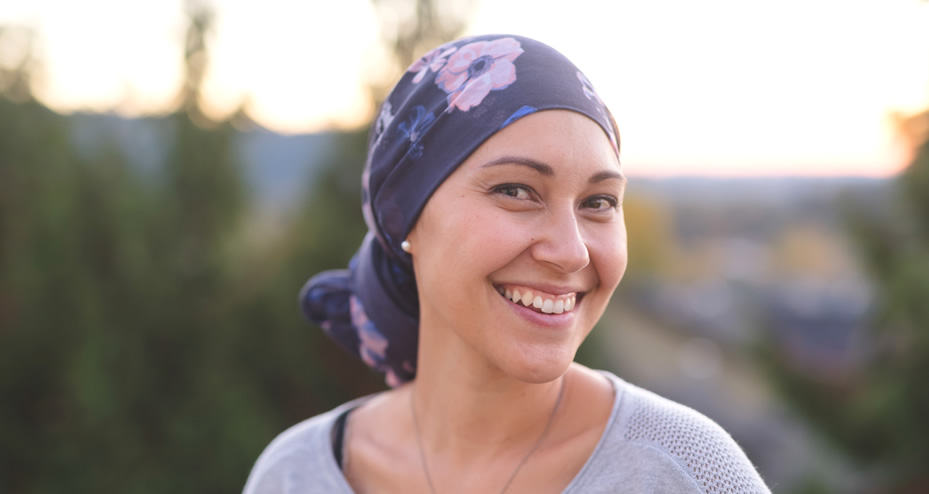The earlier that you detect breast cancer, the higher the chance that treatment is successful.1 Some signs of breast cancer may be invisible without the help of a radiology procedure known as a mammogram. Mammograms involve taking images of the breasts so that medical providers can examine breast tissue for irregularities. Read on to learn about screening mammograms in more detail, including what forms of breast cancer they can detect and when you should start getting routine exams.
Table of Contents
Screening mammograms are routine preventive procedures performed on asymptomatic patients to look for signs of breast cancer that may go undetected by physical examination alone. During a screening mammogram, radiologists perform X-ray imaging of your breasts from multiple angles. They then examine the images for any irregularities or other signs that warrant a closer look.2
Screening and diagnostic mammograms differ in a few key ways. A diagnostic mammogram is an imaging procedure used to examine breast tissue closely, usually after a screening mammogram detects unusual results.2 These may also be ordered if the patient is experiencing symptoms such as pain, discharge, or lumps. Diagnostic mammograms are more in-depth than screening mammograms and require more targeted imaging to help radiologists examine the area more closely to make an accurate diagnosis.
Mammograms can detect an array of breast cancer types. Here are some common forms it can catch:4

Don’t wait until it’s too late. Help cover yourself and your family with coverage from Aflac.
Get StartedWomen should have the option to start getting mammograms when they turn 40. However, it’s recommended that women start getting annual mammograms by age 45. At 55, women can either continue yearly screening or reduce the frequency to one mammogram every two years. Then, they should continue getting mammograms as long as they are in good health and have a remaining life expectancy of at least 10 years. Speak to your health provider if you’re not sure about how often you should get a mammogram.3
Mammograms are available at several types of medical facilities, including:5
Facilities providing mammograms must adhere to Mammography Quality Standards Act (MQSA) criteria.6 This offers peace of mind that all mammogram providers have met qualification standards.
Many health insurance policies cover screening mammograms for women 40 and older.3 However, insurance policies may require a copay or coinsurance for diagnostic mammograms. Check with your insurance company and plan to see what’s covered and what the cost may be before booking your mammogram.
If your policy doesn’t cover all preventive screenings, a supplemental cancer insurance policy can help bridge the gap. Aflac offers cancer insurance for individuals that can help with expenses associated with cancer screenings so you can get the care you need worry-free.
Here are a few tips to make your mammogram go smoothly and to get the most accurate results:2
Mammograms can help detect breast cancer signs invisible to physical or visual examination, making successful treatment more likely. While screening mammograms are typically covered by health insurance, diagnostic mammograms may not be.
Fortunately, cancer insurance can offer additional coverage to reduce your out-of-pocket costs. Aflac cancer insurance policies can help cover expenses your traditional health insurance doesn’t, and may offer a cash benefit that you can use for any expenses — not just medical bills. Speak with an Aflac agent today to learn more about the financial security cancer insurance can help provide.
Get Started
Getting cancer treatment without insurance is expensive. Aflac discusses the costs of cancer treatments, the dangers of cancer without insurance, and what cancer insurance helps cover.

Supplemental health insurance covers what your normal health insurance plan may not. Learn more about the types of supplemental health insurance plans available to you.
1 World Health Organization – Promoting Early Cancer Diagnosis. https://www.who.int/activities/promoting-cancer-early-diagnosis. Accessed August 28, 2025.
2Johns Hopkins Medicine – Mammogram Procedure. https://www.hopkinsmedicine.org/health/treatment-tests-and-therapies/mammogram-procedure. Accessed August 28, 2025.
3 American Cancer Society – American Cancer Society Guidelines for the Early Detection of Cancer. Updated November 1, 2023. https://www.cancer.org/cancer/screening/american-cancer-society-guidelines-for-the-early-detection-of-cancer.html. Accessed August 28, 2025.
4 Breastcancer.org – Types of Breast Cancer. Updated March 29, 2025. https://www.breastcancer.org/types. Accessed August 28, 2025.
5 Breastcancer.org – Where to Get a Mammogram. Updated July 21, 2025. https://www.breastcancer.org/screening-testing/mammograms/where-to-get-mammogram. Accessed August 28, 2025.
6 FDA – Mammography Quality Standards Act (MQSA) and MQSA Program. Updated July 25, 2025. https://www.fda.gov/radiation-emitting-products/mammography-quality-standards-act-mqsa-and-mqsa-program. Accessed August 28, 2025.
Cancer insurance is also known as specified disease insurance in some states. Coverage availability, benefits, limitations and exclusions may vary by state.
Coverage is underwritten by American Family Life Assurance Company of Columbus. In New York, coverage is underwritten by American Family Life Assurance Company of New York.
72200: In Delaware, Policy A72200. In Idaho, Policy A72200ID. In Oklahoma, Policy A72200OK. In Virginia, Policy A72200VA.75000: In Virginia, policies A75100VA–A75300VA. B70000: In Delaware, Policies B70100DE, B70200DE & B70300DE. In Idaho, Policies B70100ID, B70200ID, B70300ID, B7010EPID, B7020EPID. In Oklahoma, Policies B70100OK, B70200OK, B70300OK, B7010EPOK, B7020EPOK.
Coverage underwritten by Tier One Insurance Company. Tier One Insurance Company is part of the Aflac family of insurers. In California, Tier One Insurance Company does business as Tier One Life Insurance Company (Tier One NAIC 92908).
In Delaware, Policy T70000. In Idaho, Policy T70000ID. In Oklahoma, Policy T70000OK. In Virginia, policies T70000VA & T70000GVA.
Content within this article is provided for general informational purposes and is not provided as tax, legal, health, or financial advice for any person or for any specific situation. Employers, employees, and other individuals should contact their own advisers about their situations. For complete details, including availability and costs of Aflac insurance, please contact your local Aflac agent.
Coverage may not be available in all states, including but not limited to DE, ID, NJ, NM, NY, VA or VT. Benefits/premium rates may vary based on state and plan levels. Optional riders may be available at an additional cost. Policies and riders may also contain a waiting period. Refer to the exact policy and rider forms for benefit details, definitions, limitations and exclusions.
Aflac WWHQ | Tier One Insurance Company | 1932 Wynnton Road | Columbus, GA 31999
Z2301075R2
EXP 9/26